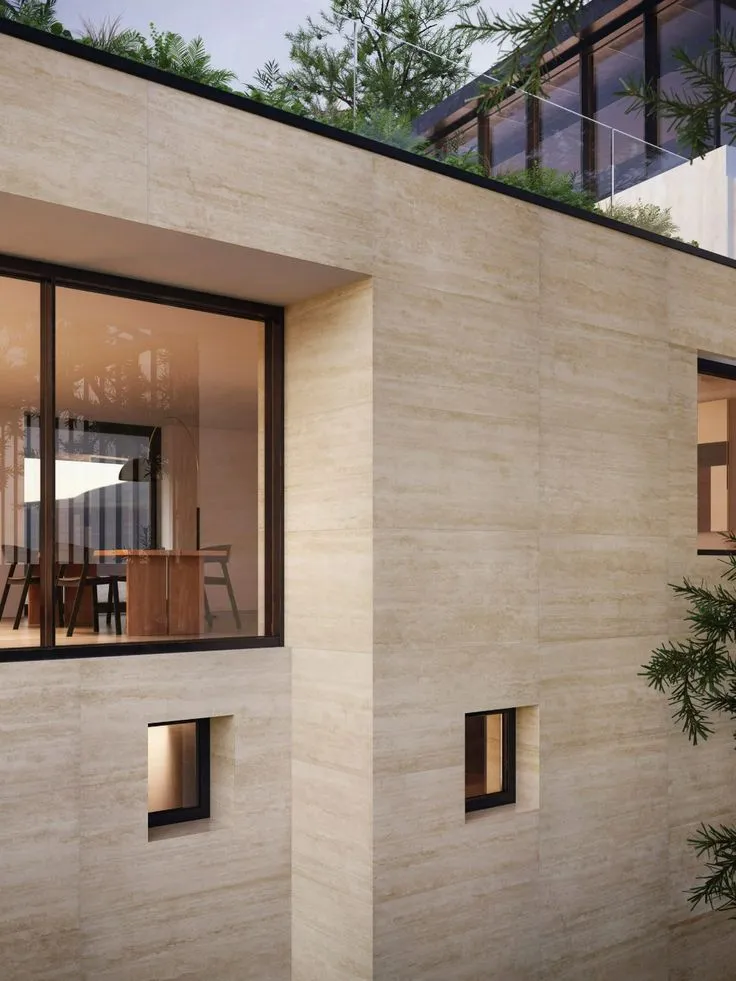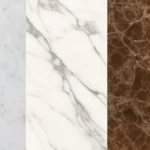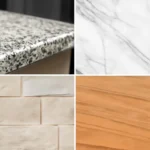Travertine Stone Pros and Cons: A Comprehensive Guide for Your Next Project
Travertine stone has been a popular choice in architecture and interior design for centuries due to its natural beauty and durability. However, like any material, it comes with its own set of advantages and disadvantages. In this article, we will explore the travertine stone pros and cons in detail to help you decide if it is the right material for your next project.
Understanding Travertine Stone Pros and Cons
Travertine is a natural sedimentary stone formed mainly in mineral springs. Its distinct porous texture and warm, earthy colors make it unique. Before investing in travertine, it’s essential to know both its benefits and limitations.
For more details about travertine, check Wikipedia.
At Virato Stone, we offer premium Iranian travertine varieties such as Lushan Travertine, Abyaneh Travertine, and Marvdasht Travertine—all known for their quality and beauty.
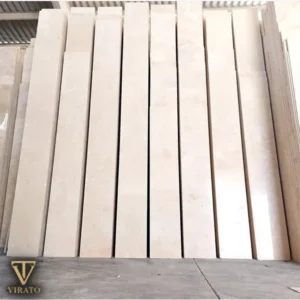
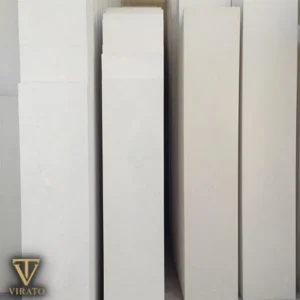
Key Travertine Stone Pros
1. Natural Elegance and Timeless Beauty
One of the main travertine stone pros is its natural, sophisticated appearance. Its earthy tones, ranging from ivory to gold, complement both modern and classic styles effortlessly.
2. Versatile Applications Indoors and Outdoors
Travertine’s versatility is a major advantage. It can be used for:
- Flooring in living rooms, kitchens, and bathrooms
- Outdoor patios, pool surrounds, and walkways
Various finishes such as polished, honed, and tumbled allow you to adapt travertine for different environments.
3. Cool Surface Ideal for Warm Climates
Unlike some stones, travertine remains cool underfoot, making it perfect for outdoor areas and pool decks in hot weather.
Related reading: How to Choose the Best Marble
4. Durability with Proper Maintenance
While not as hard as granite, travertine is durable when sealed and cared for properly, offering many years of service.
5. Eco-Friendly Choice
Being a natural stone, travertine has a smaller carbon footprint compared to synthetic alternatives, appealing to eco-conscious builders.
6. Adds Value to Properties
Installing travertine can increase the aesthetic and market value of homes and commercial properties.
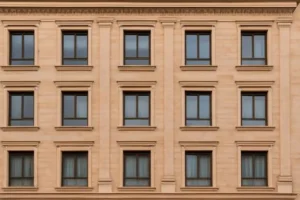
Main Travertine Stone Cons to Consider
1. Porosity and Potential for Stains
A key con of travertine is its porous nature. Without proper sealing, it can absorb spills and stain easily, especially from acidic substances like wine or lemon juice.
2. Requires Regular Maintenance
Travertine demands ongoing care, including sealing every 1-2 years and cleaning with neutral pH products to avoid damage.
For maintenance advice, visit the Natural Stone Institute.
3. Slipperiness When Polished
Highly polished travertine can be slippery when wet. For wet areas like bathrooms or pools, a honed or tumbled finish is safer.
4. Cost Considerations
While more affordable than marble, travertine still represents a significant investment. Installation costs can be higher due to stone weight and cutting requirements.
Iranian travertine, available at Virato Stone, offers competitive pricing without compromising quality.
5. Susceptibility to Etching
Exposure to acidic substances can etch travertine’s surface, causing dull spots. Preventive sealing and careful use are necessary.
6. Natural Color Variations
While beautiful, natural color and veining variations mean no two slabs are identical, which might be a drawback if you seek uniformity.
Travertine Stone Pros and Cons Compared with Other Stones
| Feature | Travertine | Marble | Granite |
|---|---|---|---|
| Appearance | Warm, natural tones | Elegant, dramatic veining | Bold, speckled |
| Durability | Moderate | Moderate to High | Very High |
| Maintenance | Moderate to High | High | Low to Moderate |
| Cost | Mid-range | High | High |
| Outdoor Use | Excellent (with finish) | Limited | Excellent |
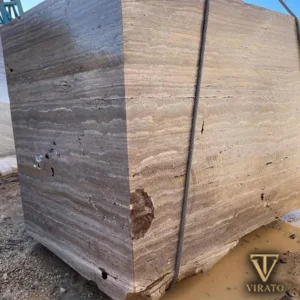
Best Applications Based on Travertine Stone Pros and Cons
Thanks to its pros and manageable cons, travertine works well in:
- Pool decks and patios (using slip-resistant finishes)
- Bathroom walls and floors for a spa-like feel
- Living rooms for a warm, inviting atmosphere
- Exterior walls where weather resistance is needed
- Driveways and walkways for beauty and traction
Final Thoughts on Travertine Stone Pros and Cons
Understanding the travertine stone pros and cons allows you to make an informed decision. Travertine’s natural elegance, versatility, and eco-friendliness are strong advantages, balanced against its porous nature and maintenance needs.
If you want high-quality travertine stone at competitive prices, explore the collection at Virato Stone and benefit from expert guidance tailored to your project.
📩 Contact us for personalized advice and pricing.
